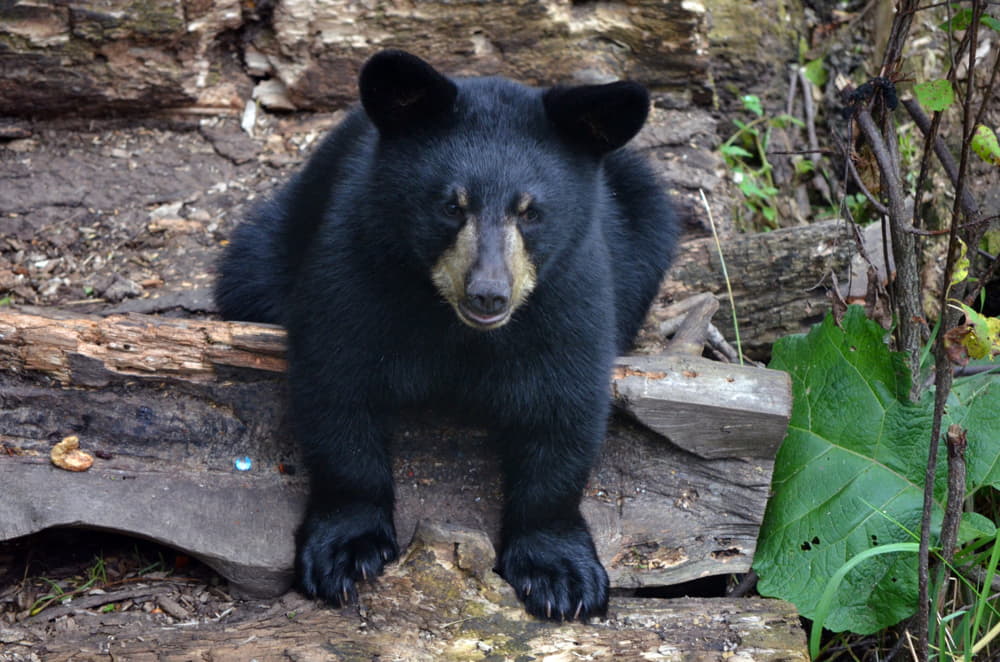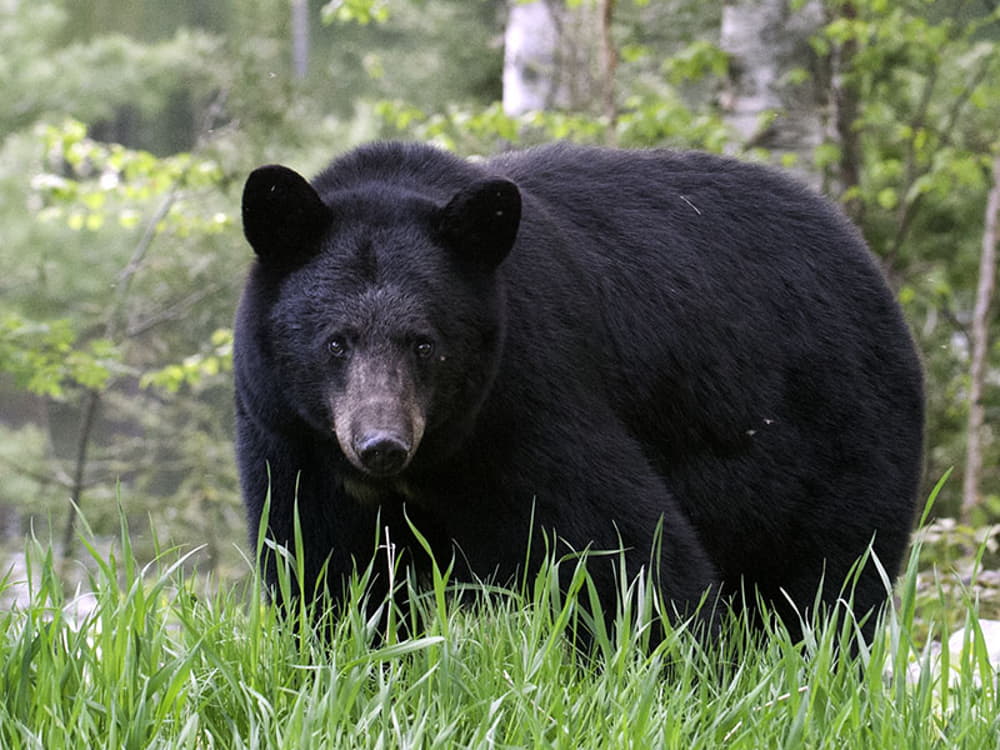Black bears are one of the most prevalent varieties of bears in North America. They can be found in a variety of settings, but they favor forests or swamps. But do black bears stay in the same area for a long time? And will they return, if they’ve found food somewhere a single time?
The tendency of black bears to stay in the same area is influenced by two main factors: food source and seasons. Black bears often establish home ranges or territories in regions with abundant food resources although they can be highly nomadic. Seasonal food availability, such as berries, acorns, and fish, plays a significant role in determining their movement patterns.
Hunters frequently misinterpret bear home ranges and make incorrect assumptions about bears. Understanding the fundamentals of bear home ranges will help us understand what bruins are doing and how much they wander throughout the year and at different times.
Table of Contents
Do Black Bears Stay In The Same Area?
No, black bears do not usually stay in the same area for extended periods. Black bears are not territorial creatures, although they do have a distinct home range. Black bears move around quite frequently, sometimes covering many miles in a single day.
They stay in the same area until their food source runs out. This movement is typically driven by food availability, as black bears need to eat a lot to sustain themselves and put on weight before winter hibernation.

Depending on the season and food availability, black bear home ranges extend from 10 to 120 square miles. Male black bears often have larger home ranges than females, and many of their home areas overlap with those of female black bears.
The home range of a black bear is usually measured by the distance it covers over the course of a year. An adult male black bear may travel around 120 miles in a single year. Females with cubs stay in a much smaller area, usually between 12-15 square miles. However, females without cubs move around even less, covering only about 10 square miles per year.
Young black bears, particularly males with no established home ranges, often wander long distances to find the ideal spot. They frequently cross paths, as well as home ranges, with other bears.
Effects Of Season On Black Bear’s Living Range
Seasons also influence black bears’ reasons to stay around or move elsewhere.
Spring
Black bears rarely stay in the same area when food sources are still scarce in early spring. They tend to travel a lot each day in search of sufficient nutrition after weight loss during months of hibernation. Their constant need for food often pushes bears to roam, especially male black bears who need to put up weight quickly before rutting season.
Therefore, they don’t stay in the same place for lengthy periods of time but circle around their usual home range. The rutting season for black bears occurs from late spring to early summer, and males can travel long distances in quest of females.
Summer
When everything is in bloom, black bears have more food at their disposal and don’t need to travel as far. The greater the quality of the place, the smaller the range of black bears, as they do not need to travel far to get food. For example, black bears may gather in the same patch for a few days or even weeks, if there’s a bumper crop of berries.
When the breeding season is done and eating becomes the primary concern, black bears will only travel as far as they need to in order to locate food. During tough times, like a poor mast year, both male and female black bears might migrate far outside their home ranges in search of better food sources.
Autumn
During the feeding frenzy before winter, black bears expand their home range and often cross the home range of another bear. One of the main reasons a black bear may leave an area is because there isn’t enough food or there is too much competition.
When the temperatures drop in the fall and bears prepare for denning, the urge for a perfect and peaceful habitat may cause bears to roam more.

Winter
Wintertime is usually a hibernation time. They’ll seek out a suitable den, which is usually in a hollow tree, under a rock outcropping, or in a cave, and spend the winter sleeping. This rest allows them to preserve energy and endure the harsh winter conditions when food is limited.
Black bears do not move around much while hibernating, as their metabolism slows down dramatically. Although black bears in more temperate regions often awaken amid dense dens, they rarely venture far from their dens.
How Far Do Black Bears Roam Daily?
During a typical day, females travel around 2-6 miles a day, and males 8-15 miles. Black bears do not stay in the same region for long. But they do not leave their customary location unless they are in need of food, shelter, oror when there’s a threatening factor.
The longest distance is when male black bears search for females during the breeding season. When times are rough, black bears can travel dozens of miles per day in search of food, leaving their native ranges and crossing paths with other black bears. Black bears’ journeys are measured over the year and the furthest is 126 miles in a one-year period.
Do Black Bears Come Back To The Same Areas?
Yes, black bears can come back to the same areas where they previously found plenty of food when food sources within their range are scarce. Black bears have amazing memories. They always know where they are in relation to the best food plots.
An adult black bear remembers where its mother took it when it was young to obtain food. They can sometimes return to places they recall from their youth.
Final Thoughts
Black bears are nomadic creatures that move around quite frequently, often covering many miles in a single day. The time of year for mating and the need for food determine where they move. While they spend more time in areas where food is plentiful, but they can move on to discover other sources. Bears always remember where they lived before because they will most likely return to the same place to get more food.

